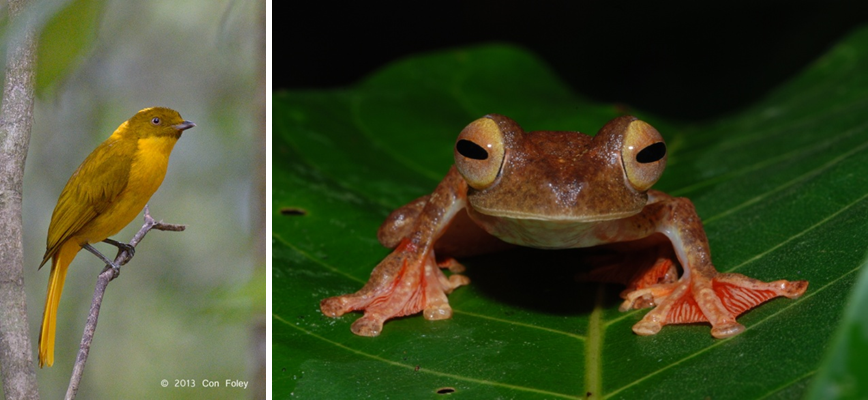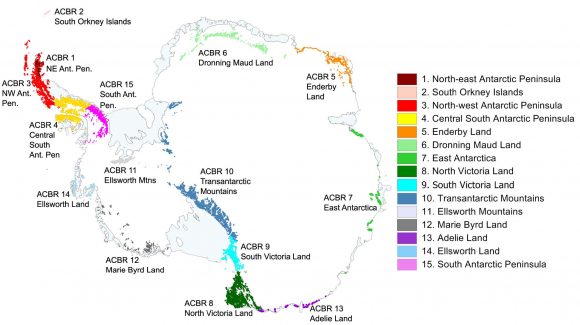27 November 2018 | By Raquel Garcia
Predicting the future is hard. A recent review on climate change vulnerability assessments of species attempts to make this task easier for climate change biologists and conservation practitioners. Led by Wendy Foden, Associate Professor at Stellenbosch University, this review is the work of a group of 18 international scientists including C·I·B postdoctoral fellow Raquel A. Garcia.
Protecting Earth’s biodiversity means designing conservation plans that take into account future as well as current threats. Climate change has joined the long list of threats to terrestrial, aquatic and marine species, and quantifying this threat has become a necessity. Scientists have promptly responded to this call, generating thousands of studies assessing the vulnerability to climate change of species of plants, animals and (not so many) microorganisms. These studies use a myriad of different modelling approaches, each with their own purpose, data requirements and methodological considerations, and all of them evolving rapidly.
For example, correlative approaches use information about the climatic conditions of places where a species occurs today to predict where the species might occur in the future. In turn, mechanistic approaches zoom in to the organism level to understand how physiology and behaviour respond to changing climatic conditions. A third family of approaches scores species’ vulnerability based on traits that determine their sensitivity or adaptive capacity to changing climates. Because each approach assesses vulnerability from a specific angle and providing only part of the responses needed, there has been a tendency to develop hybrid approaches that combine the best of each one.

Navigating this diversity of approaches can be daunting for both biologists and practitioners. The recently published review provides clarity on the key concepts, steps, terminology and outputs of climate change vulnerability assessments of species. It discusses how to find and apply appropriate input data, given the mushrooming of datasets of species occurrences and climatic variables. The review also offers practical guidance to address small-ranged and vulnerable species, which pose particular challenges for most modelling approaches and are thus often excluded from vulnerability assessments.
With mounting evidence of the impacts that climate change is already having on species, ecosystems and human well-being, assessments of species’ vulnerability to future changes are here to stay. It was recognising this need that the IUCN Species Survival Commission developed the Guidelines for Assessing Species’ Vulnerability to Climate Change, which the recent review builds on. Vulnerability assessments are needed to inform conservation planning strategies for protected areas and species, but increasingly also to guide adaptation plans for commercial fish and crops and to manage the risk of invasive species and disease vectors that might benefit from climate change.
“We need sound and reliable vulnerability assessments“, says Raquel A. Garcia, from the Botany and Zoology Department of Stellenbosch University and member of the IUCN Climate Change Specialist Group. “To achieve this goal, it is important to take stock of existing assessment approaches, learn from mistakes and successes, and develop practical guidance“.
Read the review at:
For more information, contact Raquel at rgarcia@sun.ac.za
Media links

